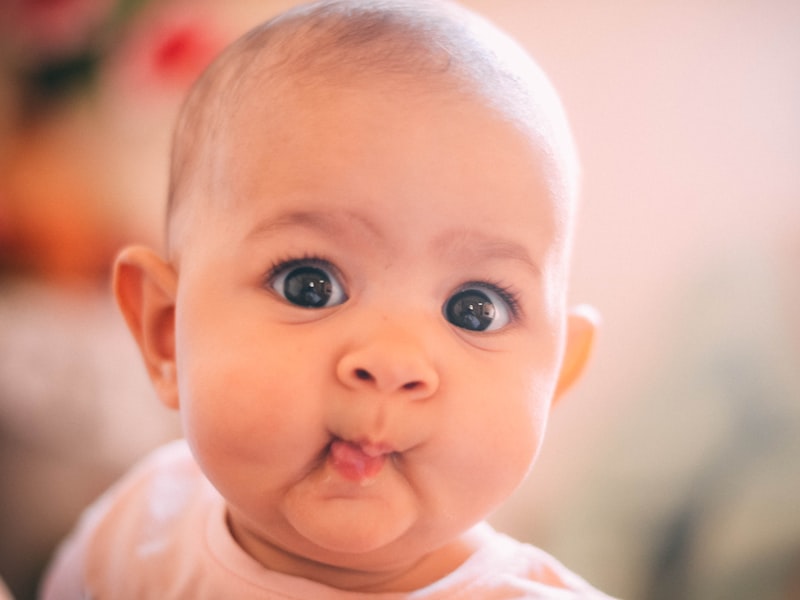5 interesting realities about How champagne is made

How is champagne made?
The very first step in making champagne is to grow the grapes. The grapes need to be of a particular type in order to make champagne, and they must be grown in a specific region in France.
After fermentation, the champagne is aged in bottles for a minimum of 15 months. Throughout this time, the champagne undergoes a procedure called "secondary fermentation." This is when the champagne is exposed to yeast and sugar, which causes it to form bubbles.
https://sakeradvantage.com/?p=2546 Once the champagne has actually been aged, it is prepared to be taken in!
How does the type of grape used to make champagne impact the taste of the final item?
The type of grape used to make champagne can have a significant effect on the taste of the end product. https://gulfoilspillrecovery.org/?p=426 Champagne is made from 2 main types of grapes: Pinot Noir and Chardonnay. Pinot Noir grapes are used to produce red champagne, while Chardonnay grapes are used to produce white champagne.
Champagne made from Pinot Noir grapes is usually full-bodied and has a higher level of acidity than champagne made from Chardonnay grapes. Champagne made from Pinot Noir grapes is likewise usually less sweet than champagne made from Chardonnay grapes.
Champagne made from Chardonnay grapes is normally lighter-bodied and has a lower level of acidity than champagne made from Pinot Noir grapes. Champagne made from Chardonnay grapes is also normally sweeter than champagne made from Pinot Noir grapes.
The type of grape used to make champagne can for that reason have a significant effect on the taste of the last item.
For how long does it take to make champagne?
The process of making champagne is long and comprehensive, and it can take up to two years to produce an ended up bottle of champagne. The first step in making champagne is to gather the grapes, which is typically done by hand in the fall.
After fermentation, the champagne is bottled and left to age for a minimum of 6 months, and often as much as 2 years. Throughout this time, the champagne goes through a process called "secondary fermentation," which is when the yeast cells transform the sugar into alcohol. This process offers champagne its signature bubbles.
As soon as the champagne has aged to the preferred taste, it is ready to be delighted in!
How many bubbles remain in a bottle of champagne?
A bottle of champagne generally includes around 49 million bubbles.
How lots of grapes does it require to make a bottle of champagne?
It takes about 720 grapes to make a bottle of champagne.
